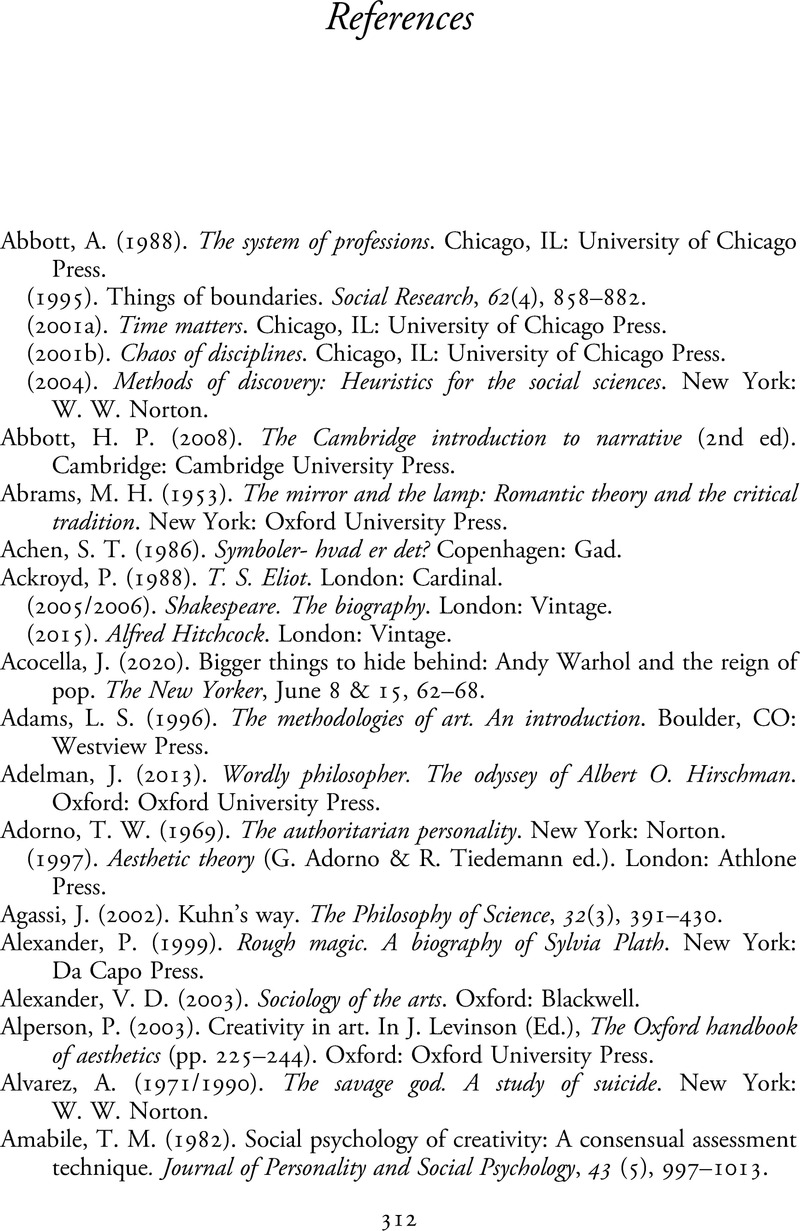References
Published online by Cambridge University Press: 09 July 2021
Summary

Information
- Type
- Chapter
- Information
- Constraints and CreativityIn Search of Creativity Science, pp. 312 - 358Publisher: Cambridge University PressPrint publication year: 2021
